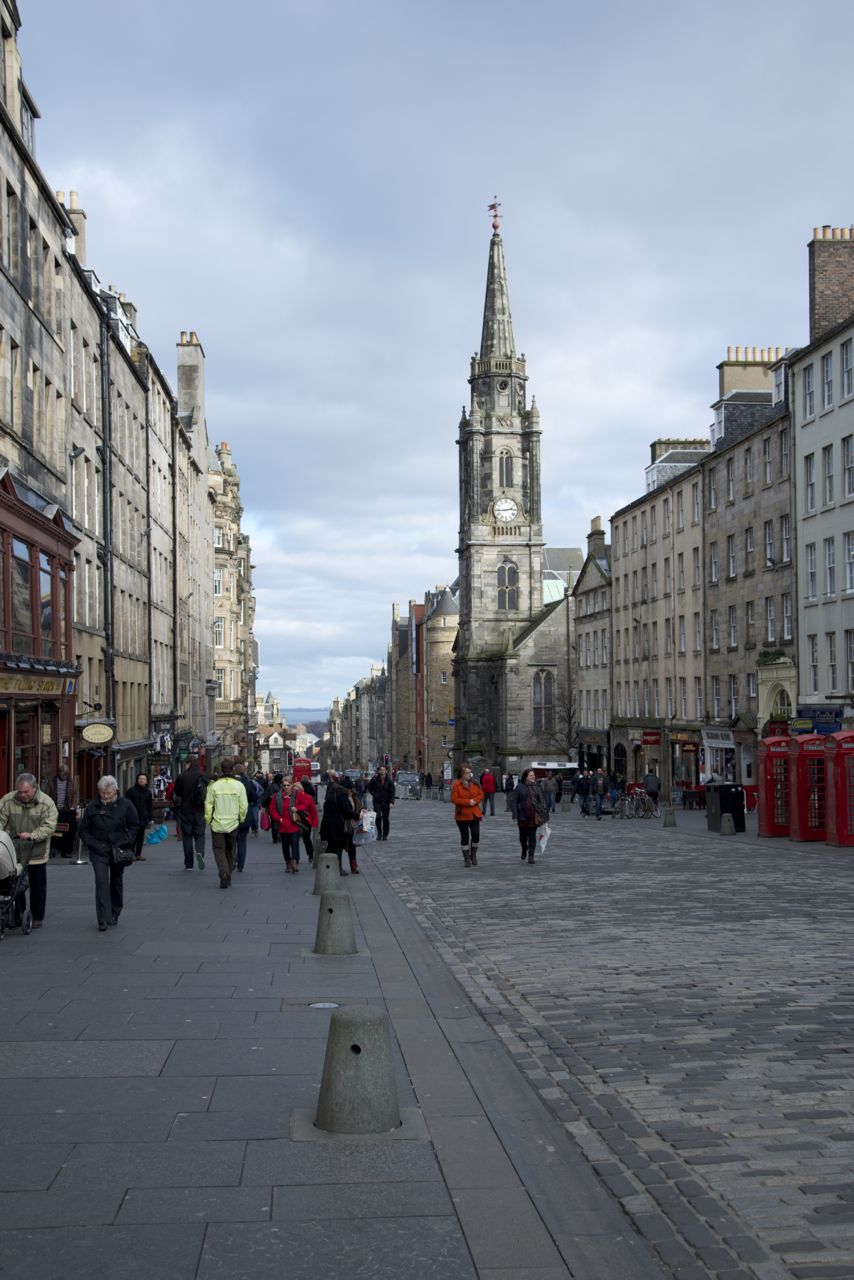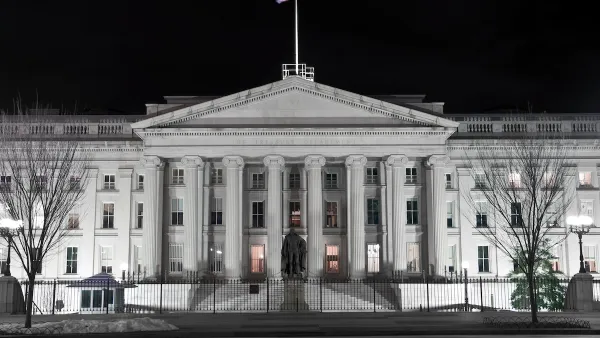Chuck Wolfe's recent reconnaissance of Edinburgh provides a foil for his rallying cry: Going forward, let’s not discount the influence of history’s recurring themes in how we redevelop the urban realm.

 Through words and photographs, Wolfe argues for a longer view when advocating for the sorts of urban change sought today, including increased awareness of how similar situations were addressed in the past. He notes:
Through words and photographs, Wolfe argues for a longer view when advocating for the sorts of urban change sought today, including increased awareness of how similar situations were addressed in the past. He notes:
Height, density, use/control of land and public health in urban settings have evolved for a very long time. We can build on this urban history of reinvention and renewal and think more universally about how past, present and future define urban development.
Citing others, he explains change in cities as a constant, and how specific themes of long-term habitation can create broader ways of understanding the cyclical nature of urban reinvention. Examples include current trends towards increased height, cooperative living spaces and smaller dwellings, compared with medieval forces that brought similar conditions:
[P}laces like Edinburgh’s world heritage areas show that our current ability to meet these goals safely is reflective of lessons learned long ago, when overpopulated and unsanitary conditions within city walls eventually inspired new understandings of urban disease control.
Wolfe summarizes lessons from Edinburgh Old Town for today's alleys and laneways, and resilient adaptive reuse. From Edinburgh's 18th century New Town he finds a physical form that provides testament to the power of interventionist planning when a municipality has a broad swath of land assembled for a common purpose.
He concludes with questions about the nature of urban change, and how a global economy integrates with an evolving urban artifact:
[T]o an American observer from Seattle, one hometown image—the Starbucks logo—particularly stands out... storied history and modern lifestyle communicate their “age value” to one another from a vaunted wide avenue of the New Town. Looking up from the New Town’s George Street, midway between St. Andrews and Charlotte Squares, medieval past and global future speak to their uniting element: human ingenuity and reinvention, across the ages.
FULL STORY: why urban history matters

National Parks Layoffs Will Cause Communities to Lose Billions
Thousands of essential park workers were laid off this week, just before the busy spring break season.

Retro-silient?: America’s First “Eco-burb,” The Woodlands Turns 50
A master-planned community north of Houston offers lessons on green infrastructure and resilient design, but falls short of its founder’s lofty affordability and walkability goals.

Delivering for America Plan Will Downgrade Mail Service in at Least 49.5 Percent of Zip Codes
Republican and Democrat lawmakers criticize the plan for its disproportionate negative impact on rural communities.

Test News Post 1
This is a summary

Test News Headline 46
Test for the image on the front page.

Balancing Bombs and Butterflies: How the National Guard Protects a Rare Species
The National Guard at Fort Indiantown Gap uses GIS technology and land management strategies to balance military training with conservation efforts, ensuring the survival of the rare eastern regal fritillary butterfly.
Urban Design for Planners 1: Software Tools
This six-course series explores essential urban design concepts using open source software and equips planners with the tools they need to participate fully in the urban design process.
Planning for Universal Design
Learn the tools for implementing Universal Design in planning regulations.
EMC Planning Group, Inc.
Planetizen
Planetizen
Mpact (formerly Rail~Volution)
Great Falls Development Authority, Inc.
HUDs Office of Policy Development and Research
NYU Wagner Graduate School of Public Service





























